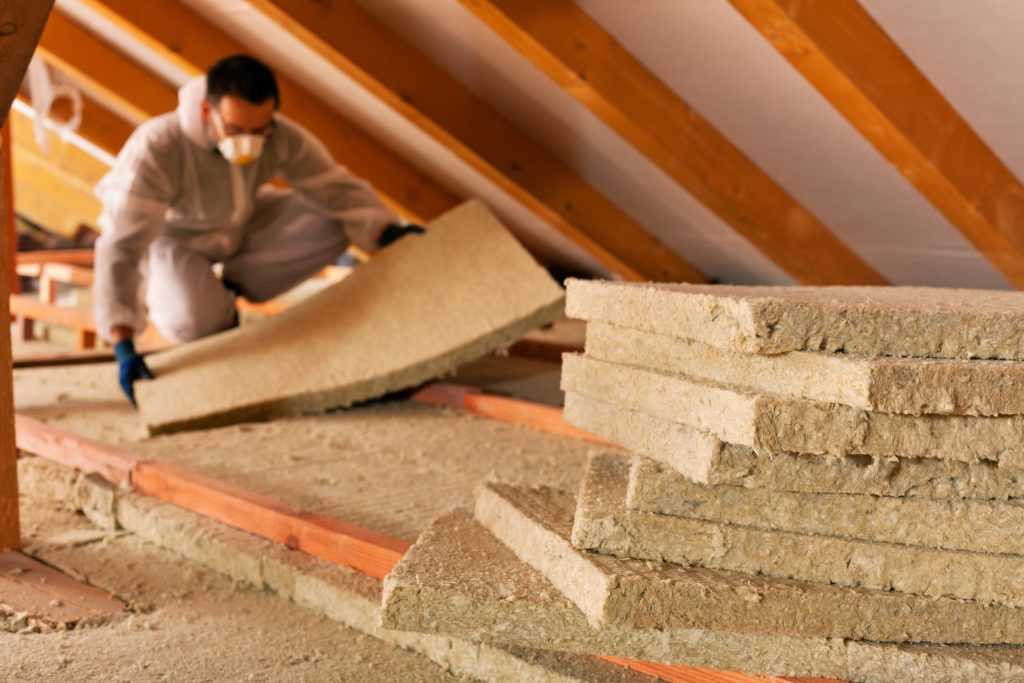 To ensure that houses and establishments in New Zealand are kept warm during the cold season, the government released guidelines on the installation of the insulation system. Homes need to have the right level of thermal resistance (R-value). R-Values vary from one location to another, depending on the temperature. You may visit your respective local government website to know your specific R-Value.
To ensure that houses and establishments in New Zealand are kept warm during the cold season, the government released guidelines on the installation of the insulation system. Homes need to have the right level of thermal resistance (R-value). R-Values vary from one location to another, depending on the temperature. You may visit your respective local government website to know your specific R-Value.
House points to be insulated:
- Roof
Priority should be given in insulating the roof as more heat is lost through the ceiling than any other parts of the house in an uninsulated home.
- Walls
Before building your homes, make sure your walls are properly insulated in order to avoid additional expenses and hassles. It is harder to install insulations in fully built homes.
- Floors
About 14% of heat is lost through an uninsulated flooring. Installing flooring system is risky. Possible risks were released by the government.
- Windows
Materials of your home window affect the level of heat retention. In order to retain maximum heat, window frames, as well as the type of glass, should be properly selected.
Home insulation installation:
Though it might be a government requirement, not everyone has the capacity to have insulation at home. Thus, the formation of Warm Up New Zealand: Healthy Home. The cause aims to fund ceiling and underfloor insulation for low-income tenants and landlords. Funding is limited and is done through an application process.
Have the funds, but don’t know who to call? Ask for referrals from friends and families regarding companies that provide insulation services. Or, you might opt to do some research on the internet before taking your pick.
The cold might not have bothered Elsa, but it would surely bother you and your family, so make sure your homes are properly insulated to be able to live warmly and comfortably despite the freezing weather outside.

